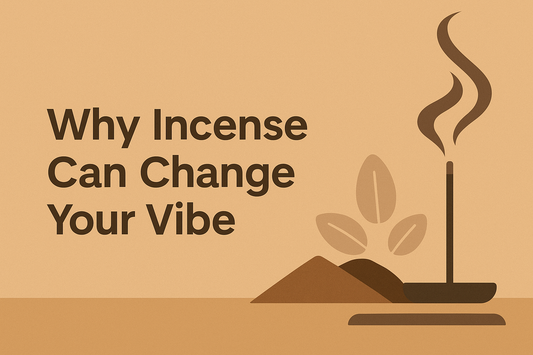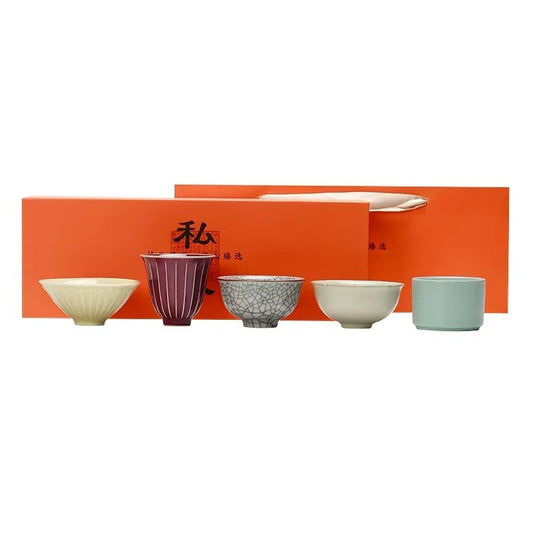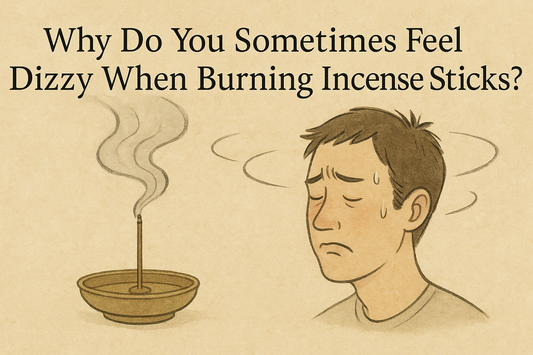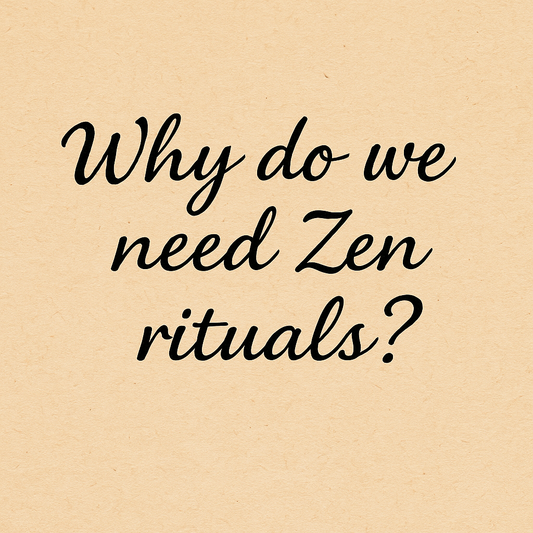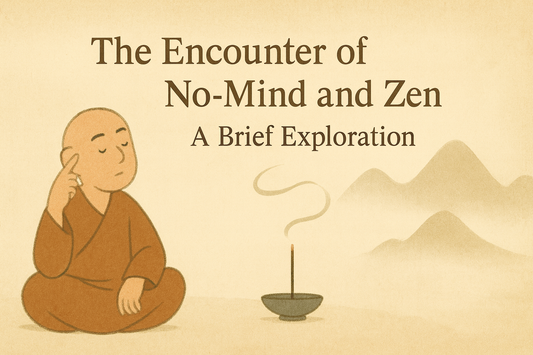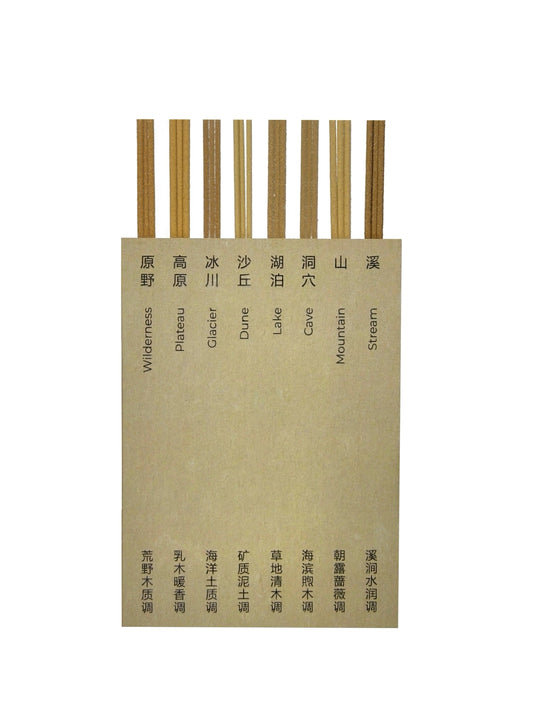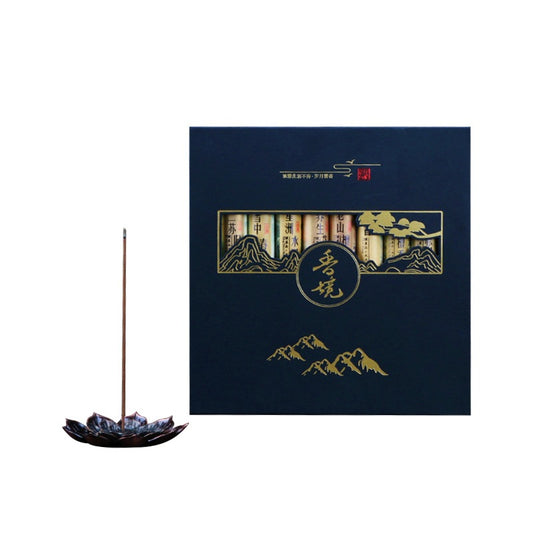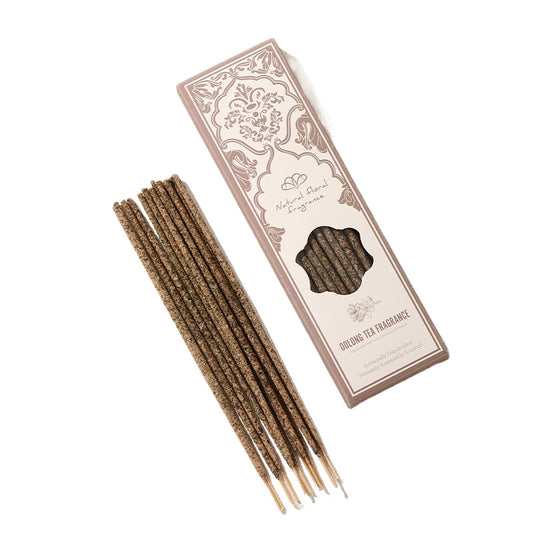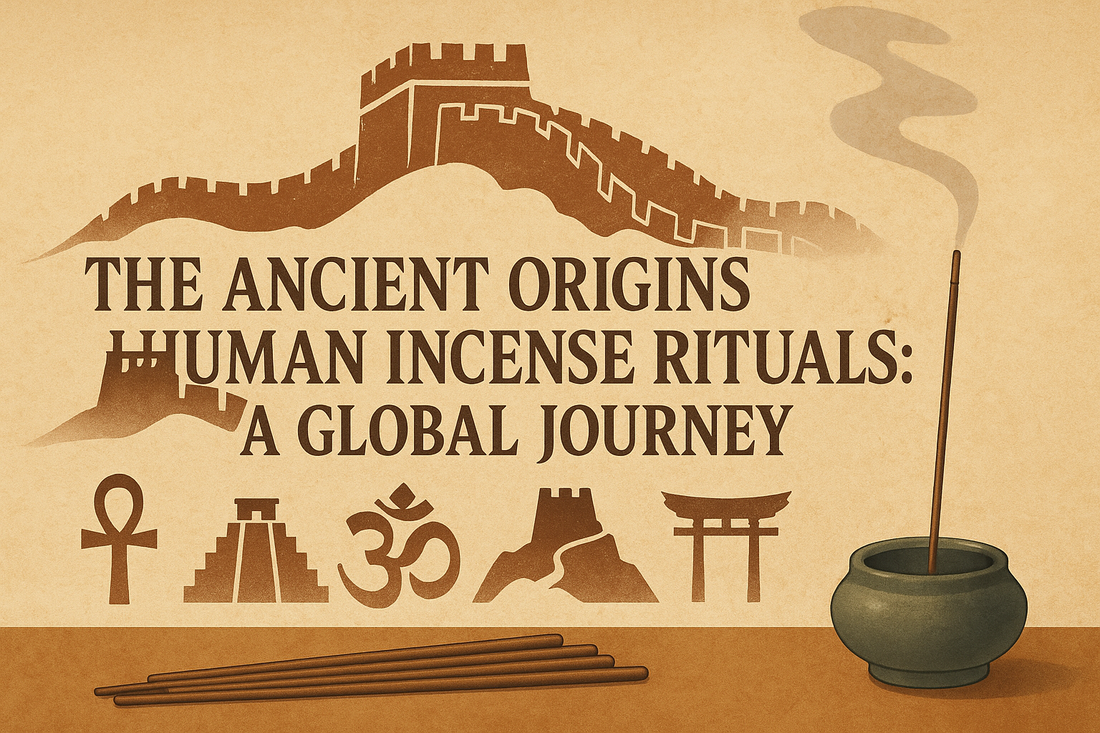
The Ancient Origins of Human Incense Rituals: A Global Journey
The air, thick with the scent of ancient resins and smoldering herbs, whispers tales of devotion, healing, and connection. For millennia, across continents and cultures, humanity has turned to the simple act of burning aromatic materials – a practice we now call the incense ritual. This isn't just about a pleasant smell; it's a profound, universal language spoken through smoke, a bridge between the earthly and the divine. But where did this captivating tradition begin? Join me on a journey back in time, to the very dawn of civilization, to uncover the fascinating origins of human incense rituals, from the sun-drenched temples of ancient Egypt to the serene courtyards of imperial China.
Echoes from the Nile: Incense in Ancient Egypt ancient egyptian incense rituals
Our earliest tangible evidence of incense use comes from the cradle of civilization along the Nile. In ancient Egypt, incense was far more than just a fragrant accessory; it was an indispensable element of religious ceremonies, funerary rites, and even daily life. Resins like frankincense (_senetjer_, meaning 'to make holy') and myrrh were highly prized, often considered more valuable than gold. They were burned in temples to purify the air, appease the gods, and facilitate communication with the divine. Imagine the grand processionals, the priests adorned in ceremonial garb, the air heavy with the sweet, balsamic scent of burning resins, carrying prayers and offerings skyward.
Beyond the temples, incense played a crucial role in the Egyptian belief in the afterlife. During elaborate mummification processes and funerary rituals, frankincense and myrrh were used to cleanse and preserve the body, symbolizing the deceased's journey to immortality. The smoke was believed to carry the soul to the heavens, ensuring a safe passage. Archaeological discoveries, such as incensed resin balls found in prehistoric tombs, underscore the deep-rooted significance of these aromatic practices. The carvings on the walls of temples like Deir el-Bahari vividly depict the collection and use of incense, providing a visual testament to its pervasive presence in ancient Egyptian society. This wasn't merely a cultural practice; it was a spiritual necessity, a tangible link to the eternal.
The Cradle of Civilization: Mesopotamian Incense Traditions mesopotamian incense history
Moving eastward to Mesopotamia, the land between the Tigris and Euphrates rivers, we find another rich tapestry of incense traditions. The Sumerians, Babylonians, and Assyrians, pioneers of writing and urban civilization, incorporated incense extensively into their religious and magical practices. Cuneiform tablets, some of the earliest written records, detail the use of various aromatic woods and resins – including cedar, cypress, and juniper – in temple rituals, exorcisms, and purification ceremonies. These ancient peoples believed that the smoke of incense could ward off evil spirits, attract benevolent deities, and cleanse spaces of negative energies. It was a form of spiritual hygiene, a way to maintain cosmic order.
Incense was often burned as an offering to the gods, a fragrant sacrifice intended to gain divine favor or express gratitude. The act of burning, transforming solid matter into ethereal smoke, symbolized the transition from the earthly to the divine realm. Imagine the ziggurats, towering temples reaching for the heavens, with plumes of fragrant smoke rising from their altars, a constant offering from humanity to the pantheon of gods. These rituals were not just acts of worship; they were integral to the social and political fabric of these ancient societies, reinforcing the connection between rulers, priests, and the divine will.
The Vedic Whispers: Incense in Ancient India indian incense origins
India, a land steeped in spiritual traditions, holds a profound connection to incense that dates back thousands of years. The earliest references to incense use in India can be found in the sacred Vedic texts, particularly the Rigveda and Atharvaveda, composed between 1500 and 500 BCE. Here, incense, known as ”dhoopor”, "agarbatti", was an integral part of "yajnas" (fire rituals) and "pujas" (worship ceremonies). It was believed that the smoke carried prayers to the deities, purified the atmosphere, and created a conducive environment for meditation and spiritual contemplation. The Vedic seers understood the subtle power of aroma to influence the mind and elevate consciousness.
Beyond religious rites, incense found its way into the ancient Indian system of medicine, Ayurveda. Ayurvedic practitioners utilized specific aromatic blends for their therapeutic properties, believing they could balance the body's "doshas" (life energies) and alleviate various ailments. For instance, certain incense formulations were used to calm the nervous system, improve digestion, or promote restful sleep. This holistic approach recognized the interconnectedness of mind, body, and spirit, where aroma played a vital role in maintaining overall well-being. Even today, the burning of incense remains a common practice in Indian households, a daily ritual to purify the home, invite positive energy, and create a serene ambiance. It's a living tradition, passed down through generations, a testament to the enduring power of scent in shaping human experience.
The Fragrant Empire: Incense in Ancient China chinese incense history
China, a civilization renowned for its profound philosophical traditions and artistic achievements, embraced incense with unparalleled enthusiasm. While early uses can be traced back to Neolithic times, incense became significantly commonplace during the Xia, Shang, and Zhou dynasties (c. 2070-256 BCE). Initially, it was used in religious ceremonies to communicate with ancestors and deities, and in medicinal practices to treat various ailments. The Chinese understood that the subtle power of fragrance could influence both the physical and spiritual realms.
During the Han Dynasty (206 BCE – 220 CE), the Silk Road facilitated the influx of exotic aromatic materials from the West, enriching China's incense culture. However, it was during the Tang (618-907 CE) and Song (960-1279 CE) dynasties that incense appreciation blossomed into a sophisticated art form. Scholars, poets, and emperors engaged in elaborate incense ceremonies, known as "xiangdao" (the Way of Incense), where the quality of the aroma, the artistry of the burner, and the meditative atmosphere were meticulously cultivated. This wasn't just about burning; it was about cultivating a refined sensory experience, a form of aesthetic and spiritual cultivation. Imagine the imperial courts, filled with the delicate scent of agarwood or sandalwood, as poets composed verses and scholars debated philosophy. It was a testament to the Chinese belief in the harmonious integration of art, nature, and spirituality.
The Way of Fragrance: Incense in Ancient Japan japanese incense traditions
From China, the practice of incense burning traveled to Japan, primarily introduced by Buddhist monks in the 6th century CE. Initially, incense was used in Buddhist rituals to purify the temple and aid in meditation. However, the Japanese, with their characteristic dedication to aesthetic refinement and ritualistic precision, soon elevated incense to an even higher art form, distinct from its Chinese origins.
Kōdō, or the Way of Incense, emerged as one of the three classical Japanese arts of refinement (alongside Chado, the tea ceremony, and Kado, flower arrangement). Kōdō is a structured ceremony involving the appreciation of incense through a series of precise movements and contemplative practices. Participants learn to discern subtle differences in fragrance, engaging their senses and cultivating mindfulness. This wasn't just about smelling; it was about listening to the fragrance, a profound act of sensory engagement.
Beyond formal ceremonies, incense found its way into various aspects of Japanese life. Samurai warriors, for instance, would perfume their helmets and armor with incense before battle, believing it purified their minds and bodies for the impending conflict and instilled a sense of calm and focus. This practice, known as "takimono", highlighted the belief in incense's power to influence one's mental state and prepare for significant challenges. The Japanese emphasis on harmony, balance, and meticulous detail transformed incense burning into a deeply personal and culturally significant practice, reflecting their unique aesthetic and spiritual sensibilities. It was about discipline, preparation, and the pursuit of inner tranquility even amidst chaos.
Across Continents: Incense in the Mediterranean and Middle East ancient mediterranean incense use
The aromatic journey of incense extends beyond the great civilizations of the East, reaching deep into the Mediterranean and Middle Eastern regions. Driven by extensive spice trade routes, resins and aromatic woods found their way from distant lands to ancient Greece and Rome, where they became integral to religious and social life.
In ancient Greece, incense was burned during sacrifices to the gods, in purification rites, and in various civic ceremonies. The smoke was believed to carry prayers and offerings to the heavens, and its fragrance was thought to be pleasing to the deities. The Romans, influenced by Greek and Etruscan traditions, also adopted incense burning into their religious practices, using it in temples, at household altars, and during public festivals. Frankincense, myrrh, and other exotic aromatics were imported in large quantities, highlighting their importance in Roman society. It wasn't just about religious observance; it was about creating an atmosphere of reverence and connecting with the divine presence.
The Sacred Smoke: Incense in Abrahamic Traditions incense in judaism christianity islam
Incense also holds deep historical and symbolic significance within the Abrahamic religions. In Judaism, the burning of incense (ketoret) was a central part of the Temple service in Jerusalem, as described in the Torah. The meticulously prepared blend of spices was burned on a golden altar, symbolizing prayer ascending to God and purifying the sanctuary. Even after the destruction of the Temple, the memory and symbolism of incense burning continued to be revered.
Early Christians, initially wary of incense due to its association with pagan rituals and Roman imperial cults, gradually incorporated it into their worship. By the 4th century CE, incense became a common feature in Christian liturgies, particularly in the Eastern Orthodox and Catholic traditions. The rising smoke symbolizes the prayers of the faithful ascending to heaven, and its fragrance represents the presence of the Holy Spirit and the sanctity of the space. It's a sensory reminder of the divine presence, enveloping the congregation in a sacred atmosphere.
In Islam, while formal ritualistic burning of incense in mosques is less common than in some other religions, the use of aromatic substances like "bakhour" (a type of incense made from wood chips soaked in fragrant oils) and oud is deeply rooted in cultural and personal practices. Historically, the Prophet Muhammad himself is believed to have used and encouraged the use of pleasant fragrances, including incense, for personal hygiene, purification, and to create a welcoming atmosphere. Incense is often burned in homes, especially during special occasions, to purify the air, welcome guests, and evoke a sense of peace and spirituality. It's a tradition that emphasizes cleanliness, hospitality, and a connection to the divine through sensory experience.
The Enduring Legacy: Why Incense Rituals Persist cultural significance of incense
The journey through the ancient origins of human incense rituals reveals a profound truth: the act of burning aromatic materials is not a fleeting trend but a deeply ingrained human practice. From the earliest civilizations to the present day, incense has served as a powerful tool for spiritual connection, physical healing, and mental well-being. It transcends cultural and religious boundaries, speaking a universal language of scent and symbolism.
What makes the incense ritual so enduring? Perhaps it's its ability to engage multiple senses, creating an immersive experience that transcends mere intellectual understanding. Perhaps it's the profound symbolism of the rising smoke, a visual representation of our prayers, hopes, and intentions ascending to the heavens. Or perhaps it's the simple, undeniable power of fragrance to evoke memories, calm the mind, and transport us to a state of tranquility.
Whatever the reason, the incense ritual continues to be a cherished practice for millions around the world. It's a testament to our enduring human need for connection, for meaning, and for moments of quiet contemplation in a busy world. The next time you light a stick of incense, take a moment to appreciate the rich history and profound symbolism behind this ancient tradition. You're not just filling a room with a pleasant scent; you're participating in a ritual that has been practiced for thousands of years, a timeless tradition that connects us to our ancestors and to the very essence of what it means to be human.
Common Questions About the Origins of Incense Rituals (FAQ)
- - What is the earliest evidence of incense use?
- The earliest tangible evidence of incense use dates back to ancient Egypt, where incensed resin balls have been found in prehistoric tombs. Temple carvings, such as those at Deir el-Bahari, also provide visual records of incense collection and use.
- - How did the Silk Road influence incense culture?
- The Silk Road was instrumental in introducing a wide variety of aromatic materials from the West to China, significantly enriching its incense culture. This led to the development of more complex and sophisticated incense blends and appreciation practices, particularly during the Tang and Song dynasties.
- - What is the difference between Chinese and Japanese incense ceremonies?
- While both traditions have common roots, the Japanese Kōdō ceremony is generally more formalized and ritualistic, focusing on the subtle appreciation of fragrance through a structured set of movements. The Chinese Xiangdao, while also a refined art form, often has a more relaxed and social atmosphere, integrated with other scholarly pursuits like poetry and tea.
- - Was incense used for medicinal purposes in ancient times?
- Yes, absolutely. In ancient India, Ayurveda utilized specific incense blends to balance the body's energies and treat various ailments. In China, traditional medicine also incorporated incense for its therapeutic properties. It was a holistic approach that recognized the connection between aroma, mind, and body.
- - Why is incense important in so many religions?
- Incense holds a significant place in many religions because it serves as a powerful symbol of prayer and devotion. The rising smoke is often seen as a visual representation of prayers ascending to the heavens, and its fragrance is believed to purify sacred spaces, appease deities, and create a conducive atmosphere for worship and contemplation.



